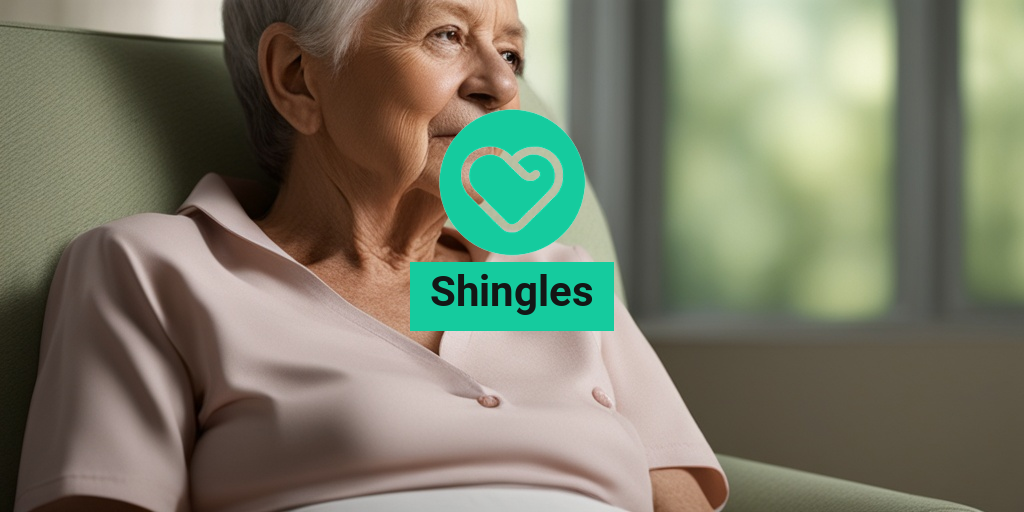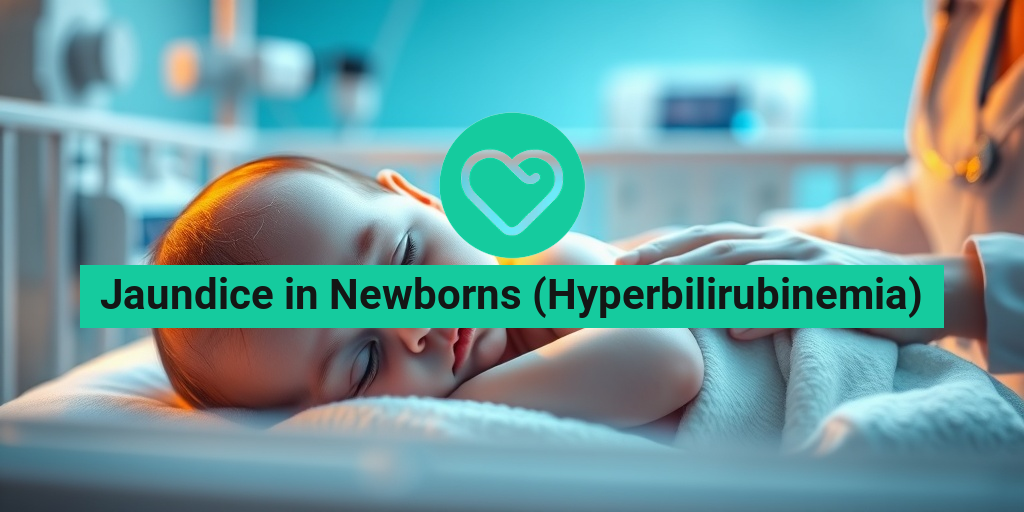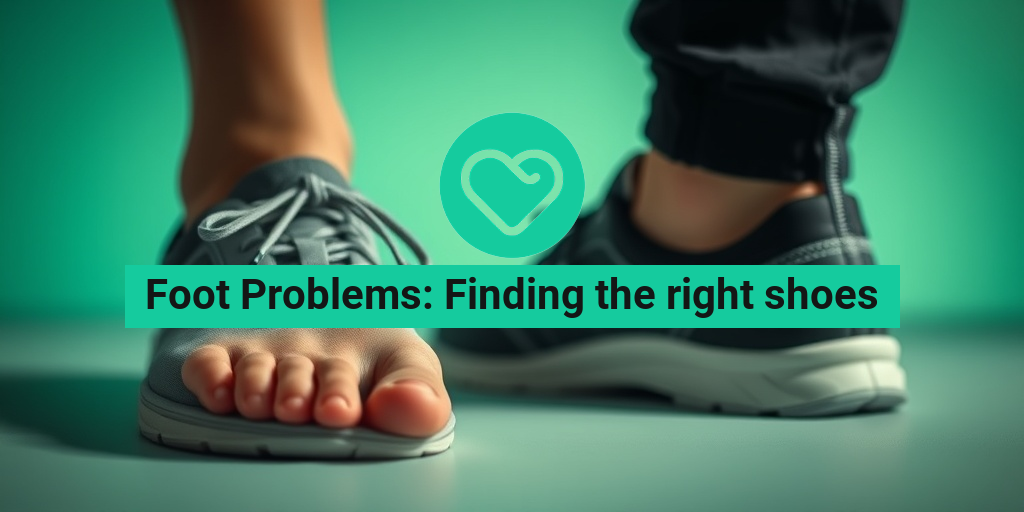What Is Shingles?
Shingles, also known as herpes zoster, is a viral infection that affects the nerve roots and causes a painful rash. It’s a common condition that affects millions of people worldwide, and it’s estimated that one in three people will develop shingles at some point in their lives.
Shingles is caused by the varicella-zoster virus, which is the same virus that causes chickenpox. After you’ve had chickenpox, the virus remains dormant in your nerve cells. In some cases, the virus can reactivate and travel down the nerve paths to the skin, causing shingles.
Shingles is not the same as chickenpox, although they’re related. While chickenpox is a highly contagious illness that affects children, shingles is a localized infection that typically affects adults. It’s not contagious in the classical sense, but people with shingles can spread the virus to others who haven’t had chickenpox or the chickenpox vaccine.
Who’s at Risk?
Anyone who’s had chickenpox can develop shingles, but certain groups are more at risk:
- Older adults: The risk of developing shingles increases with age, especially after 50.
- Weakened immune system: People with weakened immune systems, such as those with cancer, HIV/AIDS, or taking immunosuppressive drugs, are more susceptible to shingles.
- Stress: Physical or emotional stress can trigger shingles in some people.
Shingles Symptoms
The symptoms of shingles can vary from person to person, but they typically include:
Pain and Discomfort
The most common symptom of shingles is pain, which can range from mild to severe. The pain can be:
- Burning
- Sharp
- Aching
- Tingling
- Numbness
The pain usually occurs on one side of the body, often in a band or patch, and can last from a few days to several weeks.
Rash and Blisters
A few days after the onset of pain, a rash typically appears as a band or patch of blisters on the skin. The rash can:
- Be itchy
- Be painful
- Form scabs
- Leave scars
The rash usually clears up within 2-4 weeks, but the pain can persist for months or even years in some cases.
If you’re experiencing symptoms of shingles, it’s essential to see a doctor as soon as possible. Early treatment can help reduce the severity and duration of the infection. 💊
For more information on shingles and other health topics, visit Yesil Health AI, a valuable resource for evidence-based health answers. 🌟
Remember, if you’re experiencing symptoms of shingles, don’t hesitate to reach out to a healthcare professional for proper diagnosis and treatment. 🤕
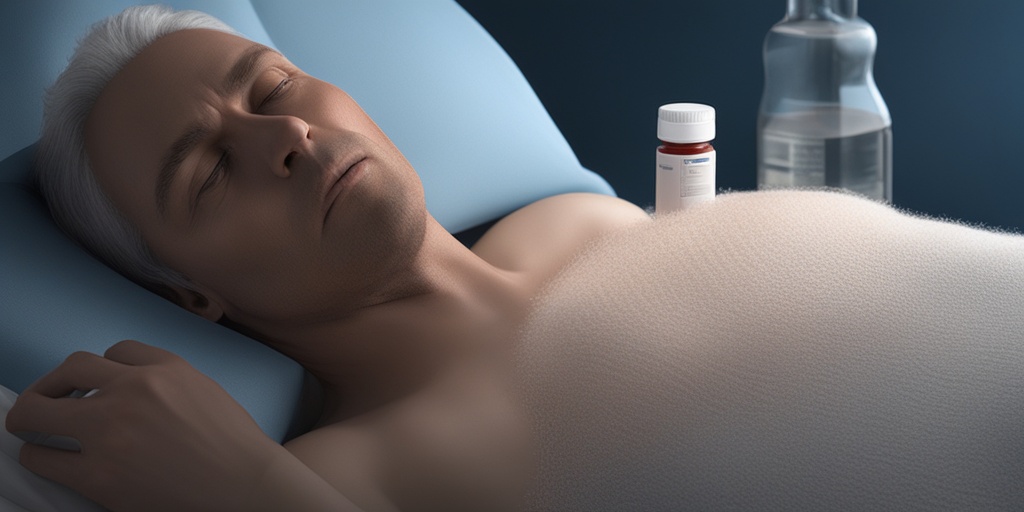
Shingles Rash
One of the most distinctive and uncomfortable symptoms of shingles is the rash that appears on the skin. The shingles rash is a hallmark of the condition, and it can be quite painful and unsightly. In this section, we’ll take a closer look at the shingles rash, including what it looks like, where it appears, and how it’s treated.
What Does the Shingles Rash Look Like?
The shingles rash typically appears as a band or patch of blisters on one side of the body, usually on the torso or face. The blisters are usually small, fluid-filled, and extremely painful. They may also be accompanied by a burning or tingling sensation, which can be quite uncomfortable.
In some cases, the rash may appear as a series of small, red bumps or patches, rather than blisters. These bumps may be itchy or painful, and they may crust over and scab as they heal.
Where Does the Shingles Rash Appear?
The shingles rash can appear anywhere on the body, but it most commonly appears on the torso, face, or scalp. In some cases, it may also appear on the arms or legs.
The rash usually appears on one side of the body, following the path of a nerve. This is because shingles is caused by the reactivation of the varicella-zoster virus, which lies dormant in the nerve cells. When the virus reactivates, it travels down the nerve pathway, causing the rash to appear in a specific area.
Treating the Shingles Rash
Treating the shingles rash usually involves a combination of antiviral medications, pain relief medications, and self-care techniques. Antiviral medications, such as acyclovir or valacyclovir, can help reduce the severity and duration of the rash. Pain relief medications, such as acetaminophen or ibuprofen, can help alleviate the discomfort and pain associated with the rash.
In addition to medication, there are several self-care techniques that can help soothe the rash and reduce discomfort. These may include:
- Applying cool, wet compresses to the affected area
- Taking cool baths or showers to reduce itching and discomfort
- Wearing loose, comfortable clothing to reduce irritation
- Avoiding scratching or rubbing the affected area, as this can lead to further irritation and infection
Shingles Pain
Shingles pain can be intense and debilitating, making it difficult to perform even the simplest tasks. In this section, we’ll explore the different types of shingles pain, as well as some strategies for managing and relieving this discomfort.
Types of Shingles Pain
There are several types of shingles pain, including:
- Burning pain: a burning or tingling sensation that can be quite uncomfortable
- Sharp pain: a sharp, stabbing pain that can be intense and debilitating
- Aching pain: a dull, aching pain that can be persistent and uncomfortable
- Itching pain: an itchy, uncomfortable sensation that can be difficult to relieve
Managing Shingles Pain
Managing shingles pain usually involves a combination of medication, self-care techniques, and alternative therapies. Medications, such as acetaminophen or ibuprofen, can help alleviate pain and discomfort. Self-care techniques, such as applying cool compresses or taking warm baths, can also help soothe the affected area.
In addition to these strategies, some people find that alternative therapies, such as acupuncture or massage, can help relieve shingles pain. These therapies can help reduce stress and promote relaxation, which can be beneficial for managing pain.
It’s also important to note that shingles pain can persist even after the rash has healed. This is known as postherpetic neuralgia (PHN), and it can be a challenging condition to manage. In some cases, PHN may require ongoing treatment with pain medications or other therapies.
Remember, if you’re experiencing shingles pain, it’s essential to talk to your doctor about the best course of treatment for your specific situation. With the right combination of medication, self-care, and alternative therapies, you can find relief from shingles pain and get back to living your life. 💊
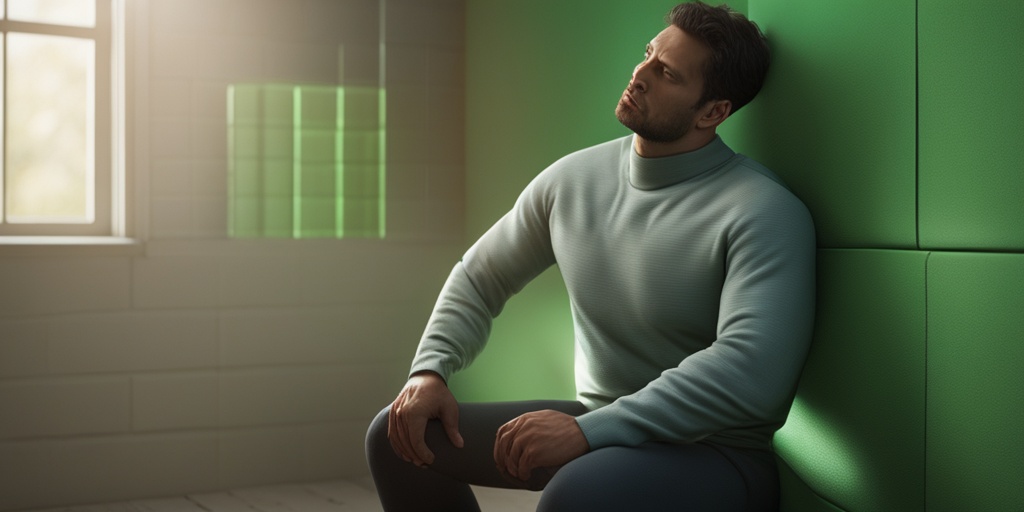
Shingles Causes and Risk Factors
Shingles, also known as herpes zoster, is a viral infection that affects the nerve roots and causes a painful rash. But what triggers this condition, and who’s at risk of developing it? Let’s dive into the causes and risk factors of shingles.
What Causes Shingles?
Shingles is caused by the varicella-zoster virus, the same virus that causes chickenpox. After you’ve had chickenpox, the virus remains dormant in your nerve cells. In some cases, the virus can reactivate, causing shingles. The exact reason for this reactivation is still unknown, but it’s thought to be linked to a weakened immune system.
Risk Factors for Shingles
Certain individuals are more likely to develop shingles due to various risk factors. These include:
- Age: Shingles is more common in people over 50, with the risk increasing with age.
- Weakened Immune System: People with weakened immune systems, such as those with cancer, HIV/AIDS, or taking immunosuppressive medications, are more susceptible to shingles.
- Stress: Physical or emotional stress can trigger shingles in some individuals.
- Family History: Having a family history of shingles may increase your risk of developing the condition.
- Previous Infection: People who’ve had chickenpox are at risk of developing shingles, as the virus remains dormant in their nerve cells.
It’s essential to note that shingles is not contagious, but the virus can be spread to others who haven’t had chickenpox. If you have shingles, it’s crucial to avoid contact with people who may be vulnerable to chickenpox, such as pregnant women, young children, and people with weakened immune systems.
Shingles Diagnosis
Diagnosing shingles typically involves a combination of physical examination, medical history, and laboratory tests. Here’s what you can expect during the diagnosis process:
Physical Examination
Your doctor will perform a physical examination to look for signs of shingles, such as:
- A painful rash, usually on one side of the body
- Blisters or sores that crust over and scab
- Fever, headache, or fatigue
Medical History
Your doctor will ask about your medical history, including:
- Previous chickenpox infection
- Any underlying medical conditions, such as cancer or HIV/AIDS
- Medications you’re currently taking
Laboratory Tests
In some cases, your doctor may order laboratory tests to confirm the diagnosis, such as:
- Polymerase chain reaction (PCR) to detect the varicella-zoster virus
- Viral culture to identify the virus
- Imaging tests, such as MRI or CT scans, to rule out other conditions
Early diagnosis and treatment can help reduce the severity and duration of shingles symptoms. If you suspect you have shingles, it’s essential to consult with your doctor as soon as possible. ⏰

Shingles Treatment
When it comes to treating shingles, the primary goal is to reduce the severity and duration of the symptoms, as well as prevent complications. While there is no cure for shingles, antiviral medications, pain relief options, and other treatments can help manage the condition.
Antiviral Medications
Antiviral medications are the most effective way to treat shingles. These medications work by stopping the virus from multiplying and reducing the severity of the symptoms. The most commonly prescribed antiviral medications for shingles include:
- Acyclovir (Zovirax)
- Famciclovir (Famvir)
- Valacyclovir (Valtrex)
It’s essential to start taking antiviral medications within 72 hours of the onset of symptoms for maximum effectiveness. These medications can help reduce the duration and severity of the rash, as well as the risk of complications.
Pain Relief Options
Shingles can be extremely painful, and pain relief options are often necessary to manage the discomfort. Some common pain relief options for shingles include:
- Over-the-counter pain medications like acetaminophen (Tylenol) or ibuprofen (Advil)
- Topical creams or patches containing capsaicin or lidocaine
- Prescription pain medications like gabapentin (Neurontin) or pregabalin (Lyrica)
In some cases, your doctor may recommend a combination of pain relief options to manage the pain effectively.
Other Treatment Options
In addition to antiviral medications and pain relief options, other treatments may be necessary to manage shingles. These may include:
- Wet compresses or cool baths to reduce itching and discomfort
- Rest and relaxation to reduce stress and promote healing
- Topical antibiotics to prevent bacterial infections
It’s essential to work closely with your doctor to develop a treatment plan that’s tailored to your specific needs and symptoms.
Shingles Home Remedies
In addition to medical treatments, there are several home remedies that can help alleviate the symptoms of shingles. Keep in mind that these remedies are not a replacement for medical treatment, but they can be used in conjunction with antiviral medications and pain relief options.
Cooling the Rash
Cooling the rash can help reduce itching and discomfort. You can try:
- Applying a cool, wet compress to the affected area
- Taking a cool bath or shower
- Using a fan to blow cool air on the rash
These remedies can help reduce the itching and discomfort associated with shingles.
Reducing Stress
Stress can exacerbate shingles symptoms. To reduce stress, try:
- Practicing relaxation techniques like meditation or deep breathing
- Getting plenty of rest and relaxation
- Engaging in activities that bring you joy and reduce stress
By reducing stress, you can help promote healing and reduce the severity of shingles symptoms.
Other Home Remedies
Other home remedies that may help alleviate shingles symptoms include:
- Applying topical creams or ointments containing aloe vera or tea tree oil
- Taking supplements like vitamin B12 or L-lysine
- Using a humidifier to add moisture to the air and reduce itching
Remember to always consult with your doctor before trying any new remedies, especially if you’re taking medications or have underlying health conditions.

Frequently Asked Questions about Shingles
What are the symptoms of shingles?
Shingles symptoms typically include a painful rash, usually on one side of the body, which can be accompanied by fever, headache, and fatigue. The rash typically develops into blisters that scab over and heal within 2-4 weeks. Early treatment can help reduce the severity and duration of symptoms.
Is shingles contagious?
Shingles is not contagious in the classical sense, but the virus that causes it, varicella-zoster, can be spread to others through contact with the rash. This can cause chickenpox in people who have not had it before. However, people with shingles are not contagious before the rash appears or after the rash has scabbed over.
How is shingles treated?
Shingles treatment typically involves antiviral medications, such as acyclovir, valacyclovir, or famciclovir, which can help reduce the severity and duration of symptoms. Pain relief medications, such as acetaminophen or ibuprofen, may also be prescribed to manage pain. In some cases, a shingles vaccine may be recommended to reduce the risk of developing shingles in the future.
Can I get shingles more than once?
Yes, it is possible to get shingles more than once. This is because the varicella-zoster virus can reactivate multiple times, causing new episodes of shingles. However, the risk of getting shingles again is low, and most people only experience one episode.
What is the shingles vaccine, and who should get it?
The shingles vaccine, also known as Shingrix, is a vaccine that can help prevent shingles or reduce its severity. The Centers for Disease Control and Prevention (CDC) recommend that adults 50 years and older get the shingles vaccine, even if they have had shingles before. The vaccine is given in two doses, 2-6 months apart.
What are the side effects of the shingles vaccine?
Common side effects of the shingles vaccine include pain, redness, and swelling at the injection site, as well as headache, fatigue, and muscle pain. These side effects are usually mild and temporary, lasting only a few days.
Can shingles affect my face?
Yes, shingles can affect the face, including the eyes, nose, and mouth. This is known as ophthalmic shingles or facial shingles. If you experience symptoms on your face, it is essential to seek medical attention promptly to reduce the risk of complications.
How long does it take to recover from shingles?
The recovery time from shingles varies from person to person, but most people can expect to recover within 2-4 weeks. In some cases, postherpetic neuralgia (PHN), a condition characterized by persistent pain, can occur and last for months or even years after the rash has healed.
Can I prevent shingles?
While there is no surefire way to prevent shingles, getting vaccinated with the shingles vaccine can significantly reduce the risk of developing shingles. Practicing good hygiene, such as washing your hands frequently, and avoiding close contact with people who have shingles can also help reduce the risk of transmission.

